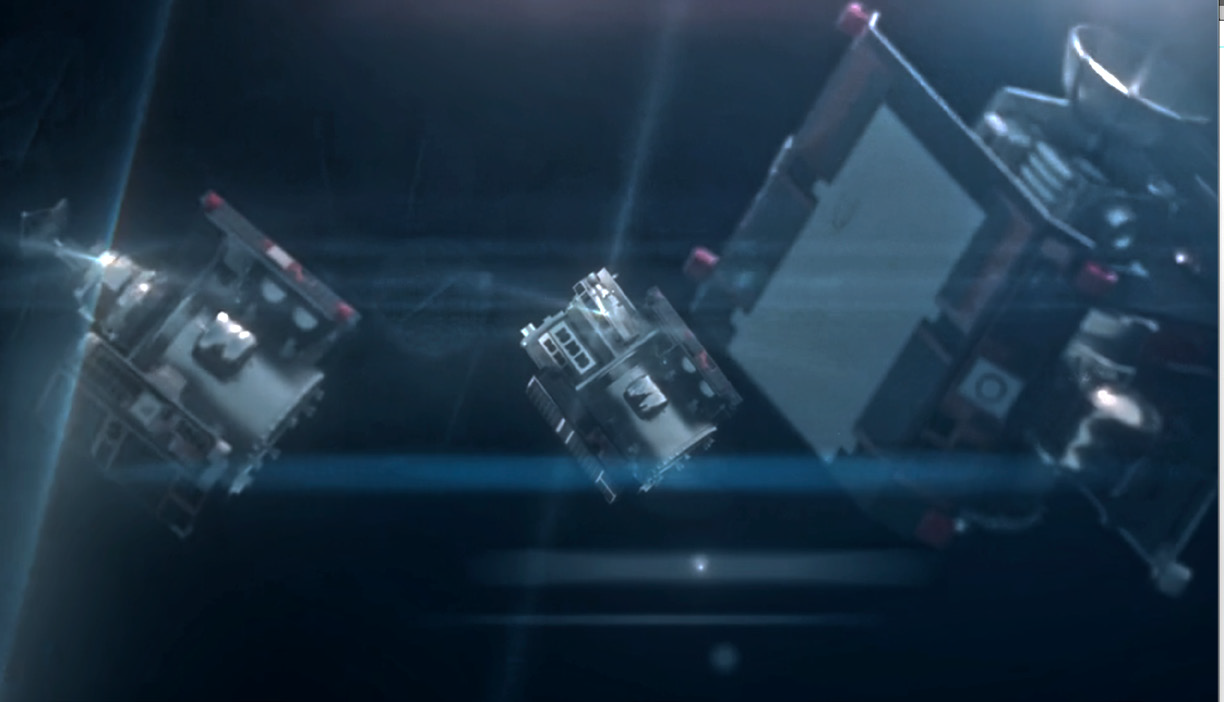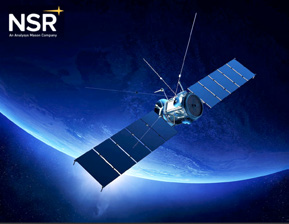The case for government subsidies in debris mitigation

The situation of space debris in Earth’s orbit is quickly reaching a tipping point, as the amount of debris continues to increase at an alarming rate. According to the European Space Agency, there are currently more than 34,000 debris objects larger than 10 cm, with millions of smaller particles also posing a significant risk to operational satellites and crewed missions.
NSR’s Global Satellite Manufacturing and Launch Markets, 11th Edition, report forecasts that 24,700 satellites will be ordered and launched by 2030, further exacerbating the space debris problem. This rapid expansion of space activity highlights the urgent need for effective and sustainable debris mitigation solutions to ensure the long-term viability of the space industry.
To comply with current debris mitigation regulations, satellite operators are required to reserve a portion of onboard fuel for end-of-life decommissioning, ensuring that their satellites have enough resources to be safely deorbited or placed in a graveyard orbit. However, this solution does not account for scenarios where a satellite is “dead on arrival” or experiences a sudden malfunction that renders it inoperable before its planned decommissioning.

In cases where satellites become inoperable, active debris removal and other on-orbit servicing activities, such as on-orbit repair, attitude and orbit control system (AOCS) takeover, and refueling, are crucial for reducing the risk of collisions and preventing further debris accumulation.
Government subsidies can play a vital role in supporting the development and implementation of these kinds of services and technologies by providing financial incentives for private companies to invest in innovative solutions, sharing the costs associated with cleanup efforts, and ensuring that the removal of hazardous debris becomes a priority for the space industry. These technologies may include robotic systems for capturing and deorbiting large debris objects, electrodynamic tethers for changing the orbits of smaller debris, and advanced on-orbit servicing solutions for end-of-life satellite management.
Many governments, including nearly all EU member states, are already providing fiscal support to stimulate the market uptake of electric vehicles to mitigate climate change.
The 2022 update of ACEA’s comprehensive overview highlights the various fiscal measures available in the 27 EU member states, such as tax benefits related to vehicle acquisition and ownership, company cars, and purchase incentives like bonus payments or premiums for buyers.
This approach could serve as a model for addressing the space debris problem. In addition to directly funding the development and operation of on-orbit servicing technologies, governments could also focus on subsidizing the adoption of advanced decommissioning systems for new satellites or incentivize satellite operators to contract active debris removal and in-orbit services from private companies.
This market-driven approach could foster competition and innovation in the sector, ultimately leading to more cost-effective and efficient solutions for space debris mitigation.
Despite the potential benefits of government subsidies for on-orbit servicing activities, critics argue that such interventions may not be the most efficient use of public funds and that the cost of active debris removal services is too high for satellite operators to feasibly adopt them.
To counteract this objection, it is important to consider the potential costs of inaction. While it is true that the cost of active debris removal services can be significant, the increasing density of space debris means that the likelihood of collisions and the resulting damage to satellites and other space assets is also on the rise.
By subsidizing the adoption of technologies like active debris removal, governments can help mitigate this risk and avoid the potentially much higher costs associated with replacing or repairing damaged services that depend on satellite infrastructure.
A comprehensive cost-benefit analysis should be conducted, considering the expenses of government subsidies, the economic benefits of maintaining a functional satellite infrastructure, and the potential losses incurred due to inaction.
Another objection raised by some industry players is that private industry should be responsible for addressing the space debris problem, rather than relying on government subsidies.
While it is true that private industry certainly has a role to play in addressing space debris, there are limits to what it can achieve on its own. Many satellite operators may be hesitant to invest in active debris removal services if they don’t see a clear economic benefit.
By providing subsidies, governments can help create a market for these services, incentivize private sector participation, and encourage innovation in the industry.
This collaboration between public and private entities can foster a more comprehensive and effective approach to tackling the growing challenge of space debris.
One potential concern is the “moral hazard” problem, where satellite operators may become incentivized to launch more satellites with less regard for their end- of-life disposal.
This is a valid concern, as seen in the banking sector during the 2008 financial crisis, where financial institutions engaged in risky behavior taking for granted that the government would bail them out in case of failure.
However, appropriate regulation and oversight can mitigate this risk. Governments can require satellite operators to provide a plan for end-of-life disposal before launching new satellites, monitor compliance with these regulations, and impose penalties or more stringent requirements for operators who fail to comply.

Moreover, any plan of launching a mega-constellation should be conditional to the adoption of a proper decommissioning or debris removal strategy, which will be subsidized.
By providing subsidies for active debris removal and decommissioning technologies, governments can encourage operators to adopt best practices in space debris mitigation, rather than relying solely on end-of- life disposal as a solution.
In conclusion, addressing the growing challenge of space debris requires urgent and effective solutions to ensure the long-term sustainability of the space industry.
Although concerns exist regarding government subsidies for active debris removal, a multifaceted approach incorporating financial incentives, regulatory oversight, and private sector collaboration can lead to a more robust and enduring strategy.
By subsidizing the adoption of on-orbit servicing, active debris removal services, and decommissioning technologies, governments can stimulate innovation, promote best practices, and establish a thriving market for space debris mitigation. This combined effort of public and private stakeholders is crucial to protect our shared orbital environment and guarantee the continued success of space activities.
www.dorbit.space

Stefano Antonetti
Stefano Antonetti is the VP Business Development of D-Orbit. Stefano holds a master’s degree in space engineering in a collaboration between the University of Rome “La Sapienza” and the Delft University of Technology. He worked as space system engineer in Paris for 7 years, focusing on feasibility studies for space exploration and the environmental impact of space activities. When he came back to Italy in 2014, he immediately joined D-Orbit as program manager for most of the activities done in collaboration with the European Space Agency. Today, Stefano is VP of Business Development, drawing the future of space transportation.


